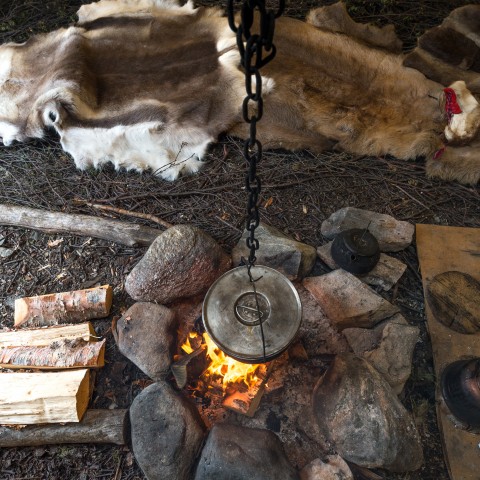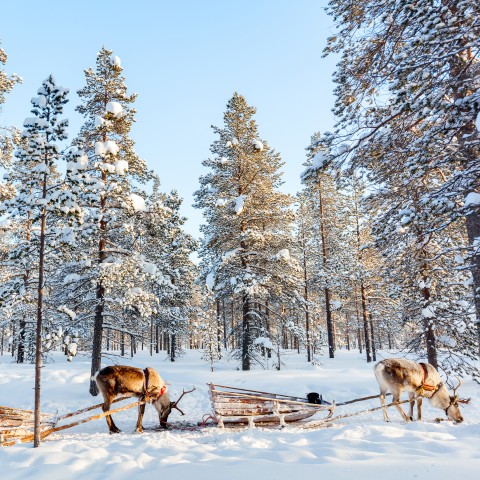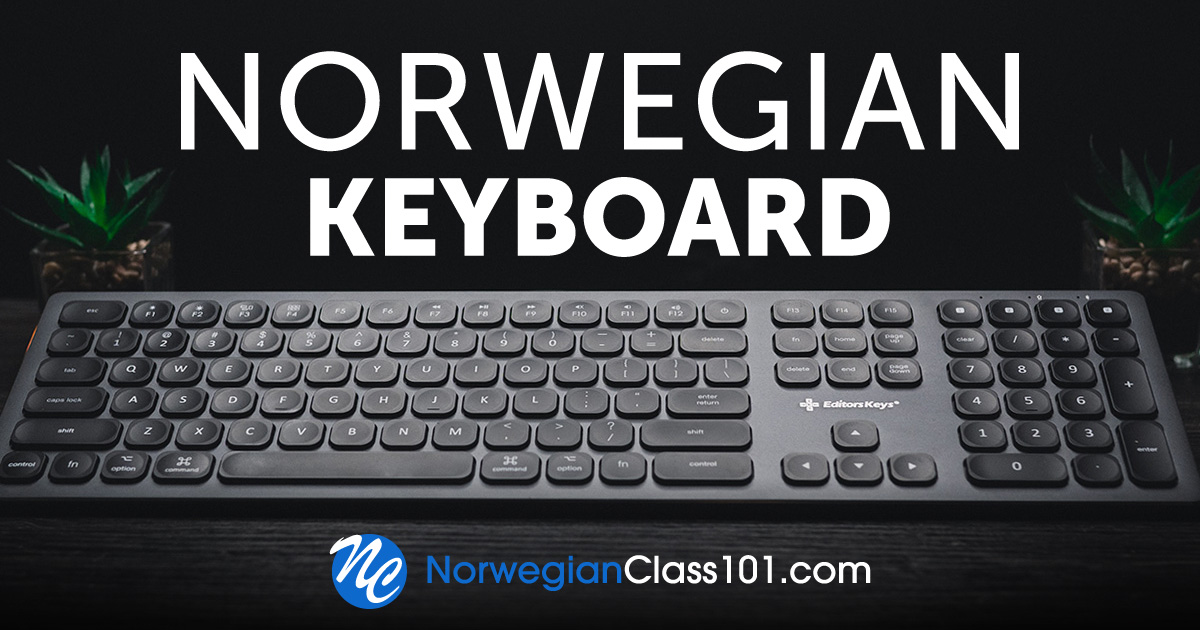The Sami people are Norway’s “indigenous people,” or in Norwegian, urbefolkning. The Sami are not only found in Norway, but also in Sweden, Finland, and Russia. The Sami are thereby a minority of four different countries and at one point in history were strongly looked down upon.
However, today in Norway, Sami people are rather celebrated throughout the country. This change makes Sami National Day one of the most important Norwegian holidays to learn about in order to delve into its history, culture, and values. That includes its newfound appreciation for its indigenous people.
Our goal here at NorwegianClass101.com is to help you master not only the Norwegian language, but the country and its people as a whole.
That said, let’s continue forward to learn about what Sami National Day really is.
1. What is Norwegian Sami National Day?
Also called Samenes nasjonaldag, Sami National Day is essentially a day devoted to the Sami people, recognizing and appreciating them.
The Sami national holiday is a relatively new day of celebration, only having been adopted in Norway in 1992. Historically, up until the 60s, the Sami people were looked down upon and many laws were implemented trying to force the Sami to integrate more with the general population of Norway. For instance, one such law restricted the use of Sami, the language of the Sami people.
Nowadays, however, the Sami National Day is celebrated all over the country, especially in schools. The Sami flag is raised, the national anthem is sung, and food such as “reindeer meat” (reinsdyrkjøtt) and “fish” (fisk) is made to celebrate.
2. When is it?
Each year, the Sami people celebrate their national day on February 6. This is the day in 1917 that their “congress” (kongress) met in “fellowship” (samvær) for the first time.
3. Reading Practice: How is it Celebrated?
How do the Sami and the rest of Norway celebrate Sami National Day? Find out by reading the following information in Norwegian (you’ll find the English translation below it):
Samenes nasjonaldag blir feiret overalt i landet, særlig på skoler. Sameflagget heises, nasjonalsangen synges og mat laget av reinsdyrkjøtt eller fisk spises. Samene har også på seg nasjonaldrakten sin. I byen Tromsø har de reinkappkjør, der reinsdyr trekker folk etter seg på ski.
Det er ikke bare på skoler samedagen blir feiret. Ordføreren inviterer samer i Oslo-området til heising av flagget og frokost på rådhuset på samenes nasjonaldag. Rikshospitalet i Oslo markerer også Samenes nasjonal dag. Det arrangeres også samisk uke så syke barn med samisk bakgrunn kan få delta.
Sameflagget er kanskje det viktigste symbolet for nasjonaldagen. Den røde delen av sirkelen på flagget symboliserer sola, og den blå delen månen. Inspirasjonen for denne sirkelen er hentet fra et samisk dikt der samene blir omtalt som solas sønn og datter.
——–
The Sami National Day is celebrated all over the country, especially in schools. The Sami flag is raised, the national anthem is sung, and food such as “reindeer meat,” or reinsdyrkjøtt, and “fish,” or fisk, is made to celebrate. Most Sami also make sure to wear their traditional clothing on this day. In the city of Tromsø, they host reindeer races, where “reindeer,” or reinsdyr, pull people on skis.
It isn’t only in schools that the Sami national holiday is celebrated. In Oslo, the Mayor invites the Sami to raise the flag and to breakfast at the Town Hall on this day. The State University Hospital in Oslo also celebrates the Sami national holiday. They arrange a Sami week where sick children with a Sami background can participate.
The Sami flag is probably the most important “symbol,” or symbol, for the national day. The Sami flag is red on half of the flag, and blue on the rest. In the middle, there’s a green stripe and a yellow stripe from top to bottom. The circle on the middle is blue on the red part of the flag, and red on the blue side. The red part of the circle represents the sun and the blue the moon. The inspiration for the circle stems from a Sami poem where the Sami are described as the sons and daughters of the sun.
4. Additional Information
In Norway there are approximately 50,000 Sami today. The Sami people are one population in four different countries, with a total population estimated at 70,000. However, even though there are still a lot of Sami today, only a third actually speak the Sami language and even fewer can write it.
5. Must-know Vocab
There’s some vocabulary you’ll need to know in order to fully understand this holiday. Take a look at our list below to help you better appreciate Sami National Day.
- historie — “history”
- flagg — “flag”
- same — “Sami”
- urbefolkning — “indigenous people”
- Sameland — “Lapland”
- reinsdyr — “reindeer”
- tradisjon — “tradition”
- rettighet — “right”
- diskriminere — “discriminate”
- moderne — “modern”
- samvær — “fellowship”
- kongress — “congress”
To hear the pronunciation of each word, be sure to visit our Norwegian Sami National Day vocabulary list. Here you’ll find each word accompanied by an audio of its pronunciation.
Conclusion
Now you know more about who the Sami people are as well as their place in Norwegian culture. What do you think about the Sami National Day? Let us know in the comments!
Interested in learning even more about Norwegian culture? Be sure to visit us at NorwegianClass101.com. We offer an array of useful blog posts, vocabulary lists on various topics, and even an online community where you can discuss what you’re learning with other Norwegian learners! And don’t forget to download our MyTeacher app to take full advantage of having your own personal Norwegian teacher for a one-on-one learning experience.
We hope you learned lots in this article, and that you’ll apply your Norwegian culture knowledge to your language studies. You’ll master the Norwegian language and nuances before you know it! Best of luck in your language studies!













